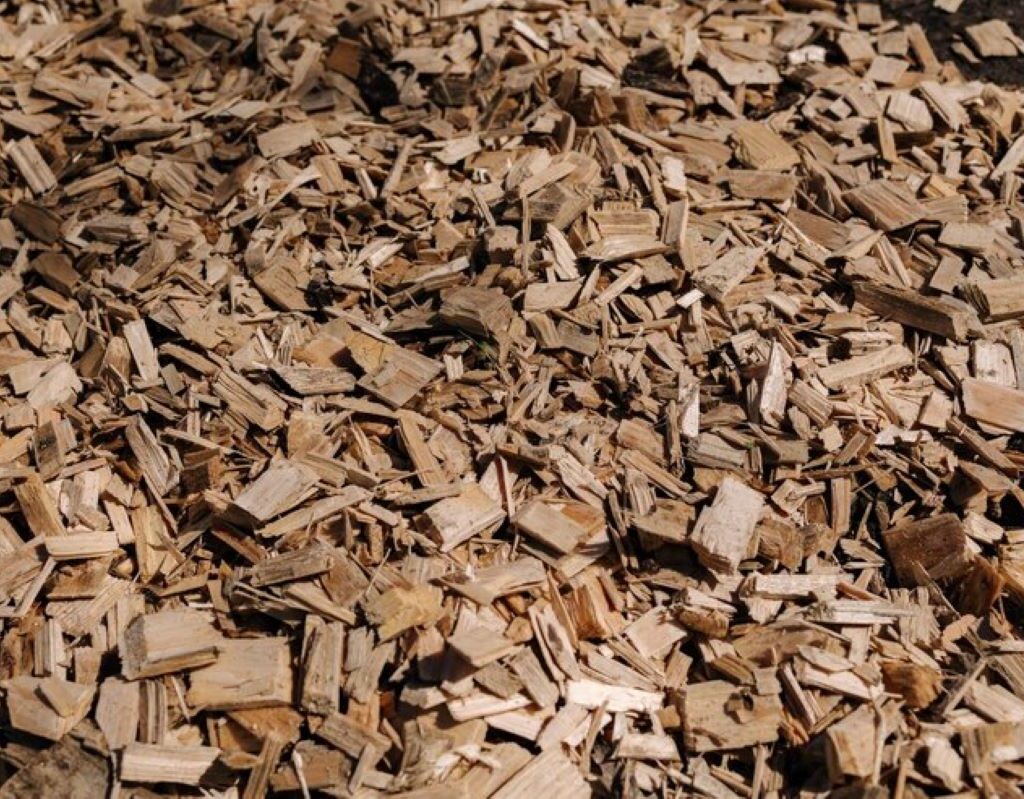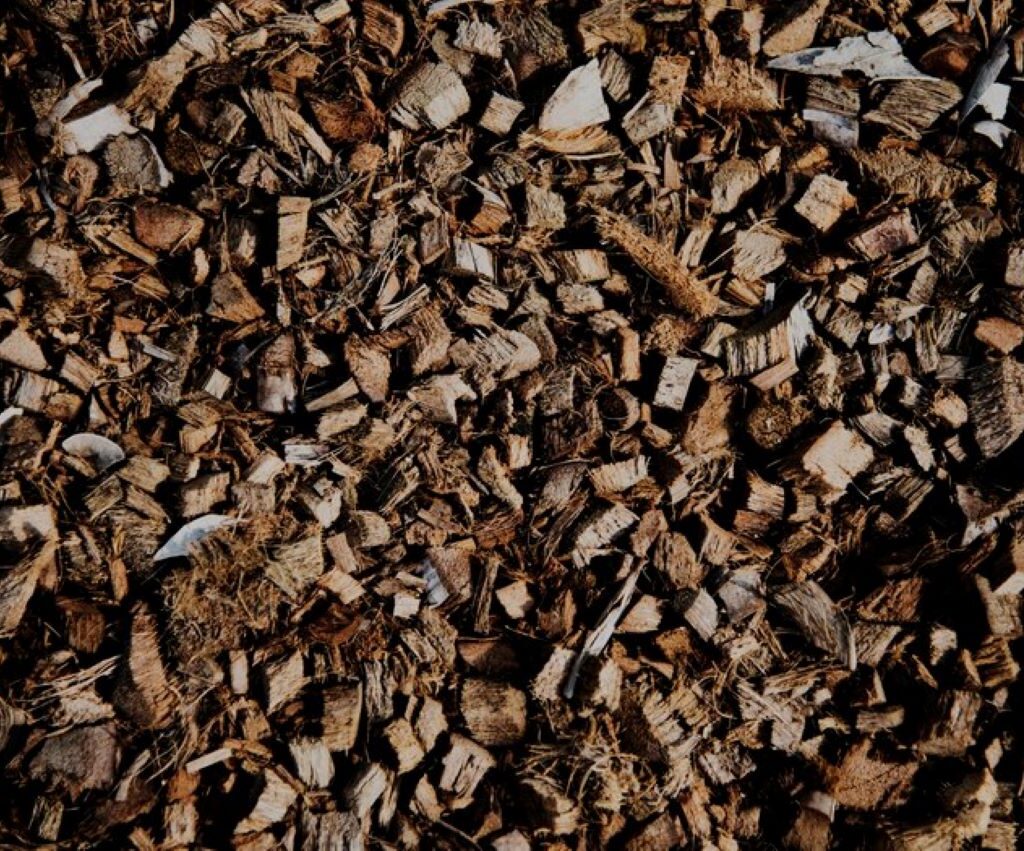Bark mulch is a versatile landscaping material that offers numerous benefits for gardeners and homeowners alike. Not only does it enhance the visual appeal of your outdoor space, but it also helps in maintaining a healthy environment for plants. In this article, we will delve into the various aspects of bark mulch, its benefits, and how to effectively incorporate it into your landscaping projects.
Understanding Bark Mulch
Bark mulch primarily consists of the outer layer of tree bark, which is shredded or chipped to create a lightweight, organic material. It serves multiple purposes, making it a popular choice among landscapers. From retaining moisture in the soil to suppressing weeds, bark mulch is a fantastic addition to your gardening toolkit.
What is Bark Mulch?
As the name suggests, bark mulch is made from the bark of trees. It is typically produced from the bark of hardwood species, such as oak, maple, or cedar. This organic material decomposes gradually, enriching the soil as it breaks down. Its texture and appearance can vary based on the source of the bark, allowing for a range of options to suit different landscaping needs. In addition to its aesthetic appeal, bark mulch also plays a vital role in regulating soil temperature, helping to keep roots cool during hot summer months and insulated during winter freezes. This temperature regulation can be crucial for the health of your plants, particularly in regions with extreme weather fluctuations.
Types of Bark Mulch
When selecting bark mulch, you’ll find several types available, each with its specialized features:
- Cedar Bark Mulch: Known for its pleasant aroma, cedar bark mulch is resistant to insect damage and decomposition.
- Pine Bark Mulch: This type is often smaller in size and is great for acidic-loving plants, offering a beautiful reddish hue.
- Hardwood Bark Mulch: Sourced from various hardwood trees, this mulch provides excellent nutrient content and is ideal for moisture retention.
Choosing the right type of bark mulch can significantly influence the health of your garden while creating an appealing landscape. Furthermore, bark mulch can also help in preventing soil erosion, particularly on slopes or in areas with heavy rainfall. By forming a protective layer over the soil, it reduces the impact of raindrops and helps maintain the integrity of the soil structure. Additionally, the use of bark mulch contributes to a more sustainable gardening practice, as it is a byproduct of the timber industry, repurposing materials that would otherwise go to waste. This not only enhances the ecological balance but also supports a more environmentally friendly approach to landscaping.
The Benefits of Using Bark Mulch in Landscaping
Bark mulch is not just eye candy; it provides a myriad of benefits that can help your garden flourish. Let’s explore some of the most significant advantages of using bark mulch in your landscaping projects.
Soil Health and Bark Mulch
One of the primary advantages of bark mulch is its ability to improve soil health. As it decomposes, bark mulch releases essential nutrients into the soil, promoting healthier plant growth. This gradual decomposition process nourishes the soil with organic matter, encouraging beneficial microorganisms that help improve soil structure. Additionally, the presence of bark mulch can help suppress soil-borne diseases by creating a barrier that prevents the spread of pathogens. This is particularly beneficial for vegetable gardens and flower beds, where healthy soil is crucial for plant vitality.
Bark Mulch and Water Conservation
Water conservation is vital in maintaining a healthy landscape. Bark mulch plays a significant role in reducing evaporation, thereby retaining moisture in the soil. By providing a protective barrier, bark mulch minimizes the impact of direct sunlight on the soil, ensuring that your plants remain hydrated, even during the hottest months. Furthermore, the use of bark mulch can help reduce the frequency of watering, saving both time and resources. This is especially important in regions prone to drought, where every drop counts. By keeping the moisture levels stable, bark mulch not only supports plant health but also contributes to a more sustainable gardening practice.
Aesthetic Appeal of Bark Mulch
Beyond its practical benefits, bark mulch enhances the overall aesthetic of your garden. The rich texture and natural colors of the mulch can complement your plants beautifully. Whether you are using it around flower beds, pathways, or trees, bark mulch provides a polished and cohesive look to your landscape design. Additionally, the variety of bark mulch available—from fine shredded mulch to larger nuggets—allows for customization based on your specific design preferences. This versatility means you can create distinct zones within your garden, highlighting different areas and adding depth to your landscaping. The contrast between the dark, earthy tones of the mulch and the vibrant colors of blooming flowers can create a stunning visual effect that draws the eye and enhances the overall beauty of your outdoor space.
How to Choose the Right Bark Mulch for Your Project
With various types of bark mulch available, understanding how to choose the right option for your landscaping project is key. Here are a couple of critical factors to consider.

Considering the Type of Plants
Different plants have varying requirements when it comes to soil conditions and moisture levels. Before selecting bark mulch, take some time to assess the specific needs of the plants you wish to cultivate. For instance, acidic-loving plants like blueberries may thrive better with pine bark mulch, while other plants may not require such conditions. Additionally, consider the growth habits of your plants; for example, ground covers may benefit from a finer mulch that allows for easier root penetration, while larger shrubs may need coarser mulch to help retain moisture and suppress weeds effectively.
Evaluating the Soil Condition
Your soil condition also plays a significant role in the type of bark mulch suitable for your project. If your soil is compacted or lacks nutrients, a more organic mulch, such as hardwood bark, may be beneficial in improving its structure and fertility. On the other hand, if your soil condition is already optimal, a lighter mulch might be more appropriate. Furthermore, consider the drainage capabilities of your soil; if you have heavy clay soil, using mulch that promotes aeration can help prevent waterlogging and encourage healthy root development. Conversely, sandy soils may require a mulch that helps retain moisture without suffocating the roots.
Assessing Aesthetic Appeal
While functionality is essential, the visual aspect of your mulch choice should not be overlooked. Bark mulch comes in various colors and textures, allowing you to enhance the overall appearance of your garden. Darker mulches can create a striking contrast against vibrant flowers, while lighter mulches can brighten up shaded areas. Additionally, consider the longevity of the mulch’s color; some types may fade over time, affecting the aesthetic appeal of your landscape. Choosing a mulch that complements your existing plants and structures can create a cohesive look that elevates your outdoor space.
Environmental Impact
Lastly, it’s important to think about the environmental impact of your mulch choice. Sourcing mulch from sustainable practices can help reduce your carbon footprint while supporting local ecosystems. Look for products that are certified organic or made from recycled materials. Furthermore, using mulch that breaks down over time can enrich the soil and promote healthy microbial activity, contributing to a more sustainable gardening practice. By considering both the ecological implications and the practical benefits of your bark mulch, you can make a choice that is not only beneficial for your garden but also for the planet.
The Proper Way to Apply Bark Mulch
Applying bark mulch correctly can maximize its benefits and ensure the long-term health of your garden. Here are some steps to consider when mulching.
Preparing the Area for Mulching
Before applying bark mulch, prepare the area by removing any weeds, grass, or debris. This step helps in preventing any unwanted growth from poking through the mulch layer. Furthermore, consider edging the area to create a defined boundary for the mulch.
Determining the Right Mulch Thickness
While a thick layer of bark mulch can provide excellent weed suppression, it’s vital to avoid applying too much at once. Generally, a mulch layer of 2 to 4 inches is adequate for most landscaping projects. This thickness allows for proper moisture retention while preventing suffocation of plant roots.
Maintenance and Longevity of Bark Mulch
To ensure that your bark mulch continues to provide benefits over time, proper maintenance is essential. Adequate care can help keep your landscaping looking great and functioning optimally.

When to Replace Bark Mulch
As bark mulch decomposes, it may lose its effectiveness and visual appeal. It’s typically advisable to replace your mulch every one to three years, depending on the type and environmental conditions. Look for signs such as fading color or significant breakdown to determine when it’s time for a refresh.
Tips for Bark Mulch Maintenance
To extend the life of your bark mulch:
- Regularly check for weed growth and remove any invasive plants promptly.
- Take care not to pile mulch against tree trunks or plant stems, as this can lead to rot.
- Rake or fluff up the mulch occasionally to maintain its texture and even distribution.
With a little effort and attention, bark mulch can be a sustainable and aesthetically pleasing feature of your landscaping projects.
Related : How to Make the Most of Garden Mulch for a Healthy Yard

